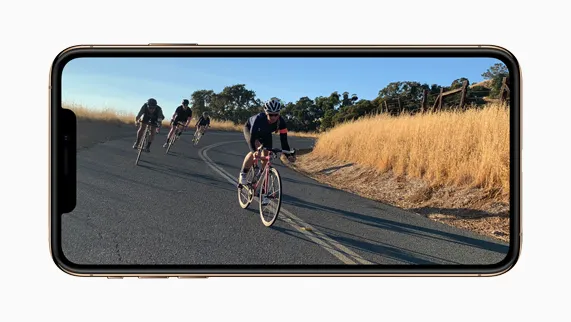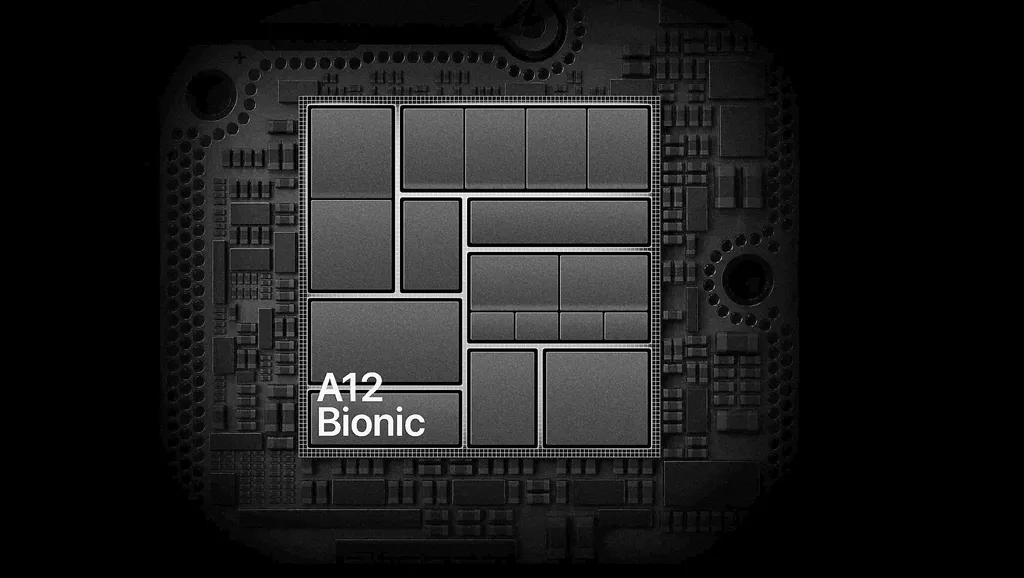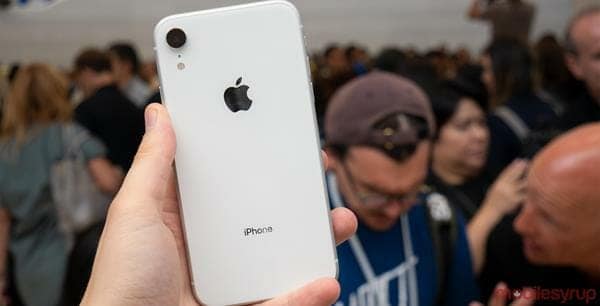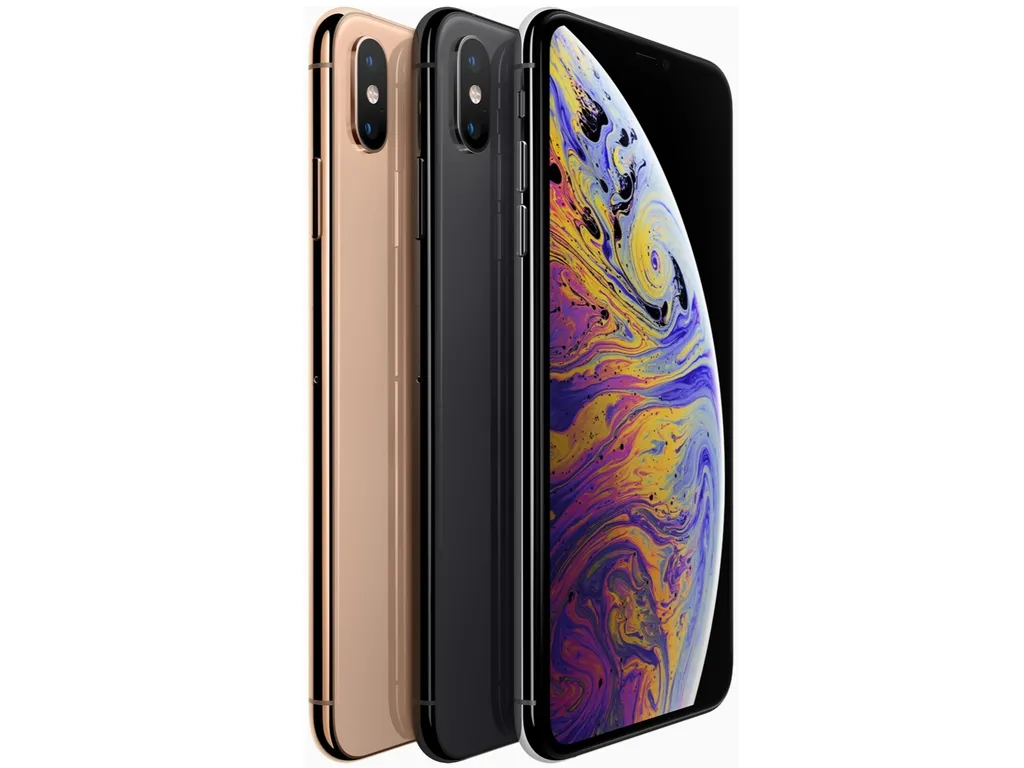The Key Differences Between iPhone X, XR, XS and XS Max
The iconic iPhone series from Apple, specifically the iPhone X range, has garnered significant interest from consumers worldwide ever since its first release. Despite being in the market for a substantial period, the X series phones are still highly desirable to potential buyers.
This article will focus on comparing the iPhone X, XR, XS, and XS Max. Apple introduced the iPhone X series, known for its unique notch, and subsequently released the XR, XS, and XS Max models. In the upcoming discussion, we will investigate the unique differences among these four models.
The Differences between the iPhone X, XR, XS, and XS Max
There are various aspects that differentiate the iPhone X, XR, XS, and XS Max. Let's dive into the following points for a detailed understanding.
1. Screen Size

The most significant difference between these models is the size of their screens. Both the iPhone X and XS boast a 5.8-inch display, while the iPhone XR's display is larger than its competitors, measuring 6.1 inches. The XS Max, however, with its enormous 6.5-inch screen, stands as the largest of the group.
The XS Max's expansive display might feel oversized for young children or adults with smaller hands. Therefore, those with smaller hands may prefer the more manageable 5.8-inch screen of the iPhone X or XS models.
In addition to varying screen sizes, these iPhones also feature different display technologies. The X, XS, and XS Max models are equipped with OLED panels incorporating Super Retina HD technology and HDR support.
In contrast, the iPhone XR, being a more budget-friendly alternative to the X series, utilizes an IPS LCD screen with Liquid Retina HD technology but lacks HDR support. Nevertheless, the XR's display provides excellent color accuracy and is aesthetically pleasing.
2. Different Chipsets

The 'engine' that drives these phones, the chipset, differs between models. The iPhone X is powered by a bionic A11 chip that includes a neural engine. On the other hand, the more advanced A12 bionic chip powers the XR, XS, and XS Max models.
According to Kompas, the A12 chip significantly outperforms the A11 in terms of graphical processing and artificial intelligence (AI) capabilities. The A12 chip is smaller and 1.6 times denser than its predecessor, the A11 bionic chip.
Despite their differences, both chips provide smooth and efficient performance, making all iPhones in the X series ideal for a variety of activities, from social media browsing and YouTube streaming to playing heavy games like PUBG and Fortnite.
3. Water and Dust-Resistance

All four iPhone models come with water and dust resistance capabilities. IP67 certification allows the iPhone X and XR to withstand water immersion up to 1 meter deep for approximately 30 minutes.
Unlike the iPhone X and XR models, the iPhone XS and XS Max models have been upgraded to an IP68 certification, providing superior protection. This certification demonstrates that the XS and XS Max can survive in water up to 2 meters deep for 30 minutes.
Therefore, regardless of the model you own, you can experience a degree of peace of mind. Accidental water splashes or brief submersions will not instantly cause significant damage to your device.
4. Varied Dimensions

The iPhone X, XR, XS, and XS Max all have distinct physical dimensions. The height, width, and thickness of the iPhone X and XS are identical: 143.6 mm (5.65 inches), 70.9 mm (2.79 inches), and 7.7 mm (0.30 inches). However, they differ slightly in weight, with the iPhone X weighing 170 grams and the iPhone XS weighing 177 grams.
In contrast, the iPhone XR has larger overall dimensions. It stands 150.9 mm (5.94 inches) tall, 75.7 mm (2.98 inches) wide, and is 8.3 mm (0.33 inches) thick. In addition, it is heavier at 194 grams.
The iPhone XS Max stands as the largest model among the four, boasting identical dimensions to the iPhone X and XS at 157.5 mm (6.20 inches) in height, 77.4 mm (3.05 inches) in width, and 7.7 mm (0.30 inches) in thickness. With a weight of 208 grams, it is also the heaviest in this lineup.
5. Different in Battery Capacity and Lifespan

iPhone batteries are typically perceived to have a lower capacity compared to those of many Android smartphones. However, the performance and lifespan of an iPhone's battery are typically similar to those of Android smartphones with larger capacities.
The iPhone X has a battery capacity of 2716 mAh, while the iPhone XR's battery capacity is 2942 mAh. The iPhone XS has the smallest capacity of the four models, with a 2658 mAh battery, while the iPhone XS Max has the largest capacity, with a 3174 mAh battery. All four models can be fully charged in approximately one hour when using an adapter of 18 W or higher.
The iPhone XR outlasts the other three models in terms of battery life. According to Apple, the XR has a battery life of up to 15 hours for internet use, 25 hours for phone calls, 16 hours for video playback, and 65 hours for audio playback.
Its 'siblings' can last for up to 13 hours of internet use, 21 hours of phone calls, 14 hours of video playback, and 60 hours of audio playback. The iPhone XS Max provides 25 hours of talk time and 65 hours of audio playback, comparable to the iPhone XR. Also, all four models are compatible with wireless charging.
6. Storage Capacities

It's widely known that iPhones typically offer generous storage capacities. The iPhone X comes in 64GB and 256GB variations, while the iPhone XR offers 64GB, 128GB, and 256GB options. The iPhone XS and XS Max are available in three variations: 64GB, 256GB, and 512GB.
7. Price Variations

It's well-known that iPhones are often seen as the epitome of luxury in the smartphone market. This image is reinforced by the considerable price tags associated with these devices.
The iPhone X is available in two variants: a 3GB RAM + 64GB ROM version and a 3GB RAM + 256GB ROM version. Both models come with a high price, with the 256GB variant being slightly more expensive due to its increased storage capacity.
Similarly, the iPhone XR, although priced comparably to the iPhone X, does not deviate significantly in terms of cost across all its variants. The range of models includes 64GB, 128GB, and 256GB storage options, all featuring 3GB of RAM.
The iPhone XS, on the other hand, holds the title for the most expensive device in this series. It offers a 4GB RAM + ROM variant, pushing the price range to the highest level among these models.
Conclusion
Considering the advanced specifications and top-tier performance of these devices, their high prices may seem justified. However, for some, the cost of Apple's iPhones may still seem excessive. This high pricing is a hallmark of Apple, positioning its products as premium devices.
These iPhones are suitable for a range of everyday tasks such as browsing social media, streaming YouTube videos, or playing games. However, due to their high prices, they might not be within everyone's reach. So, are you interested in owning one of these iPhones?
